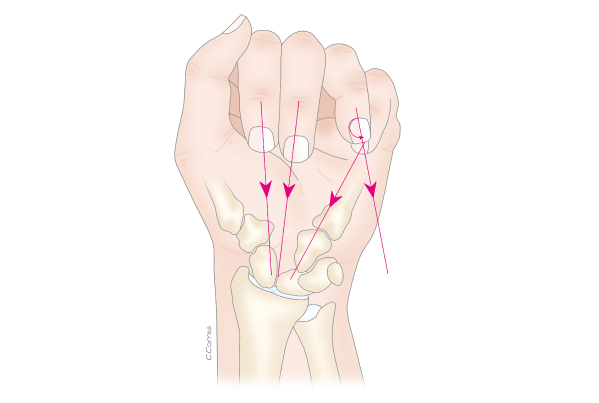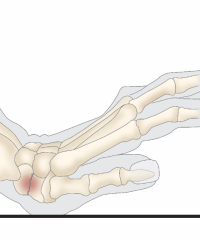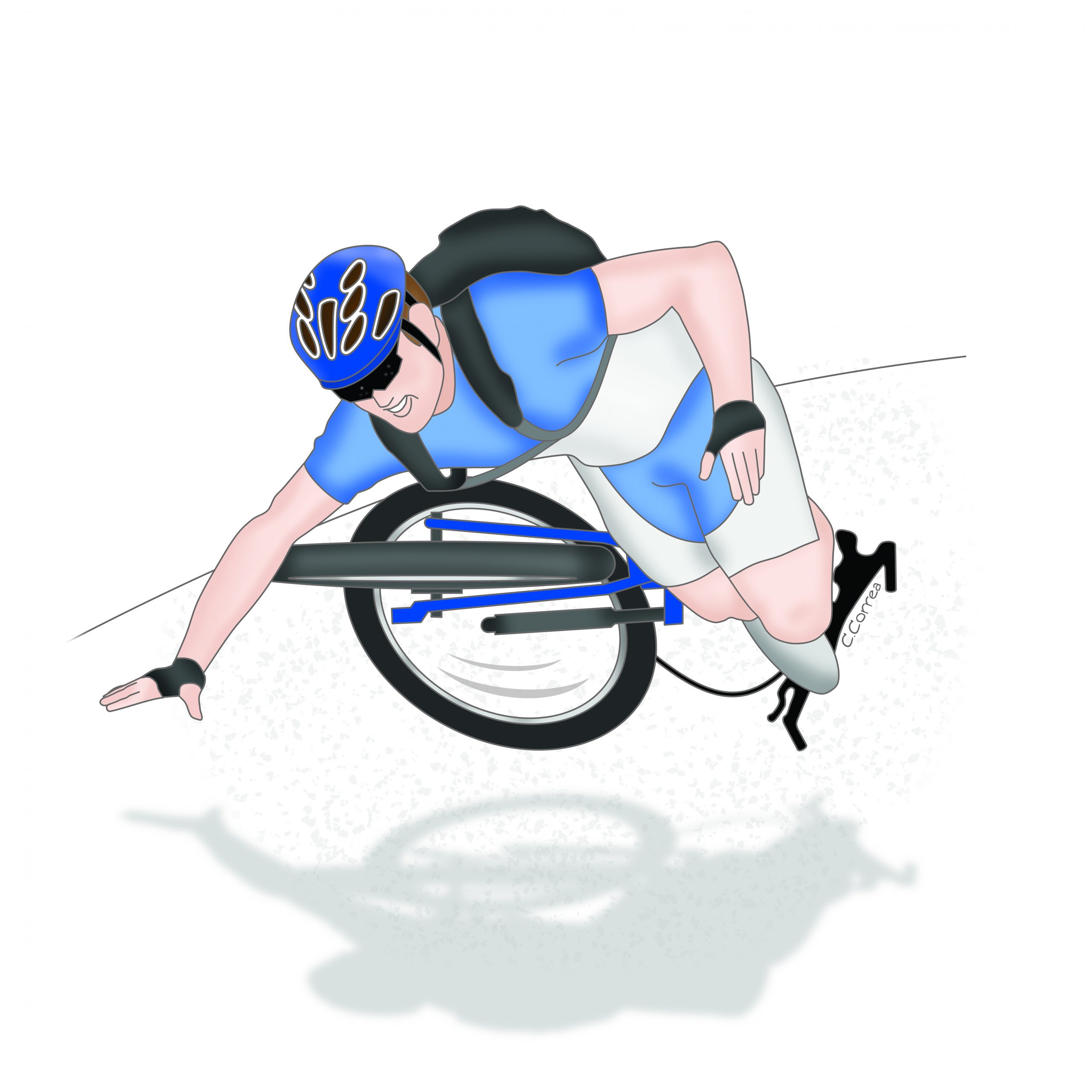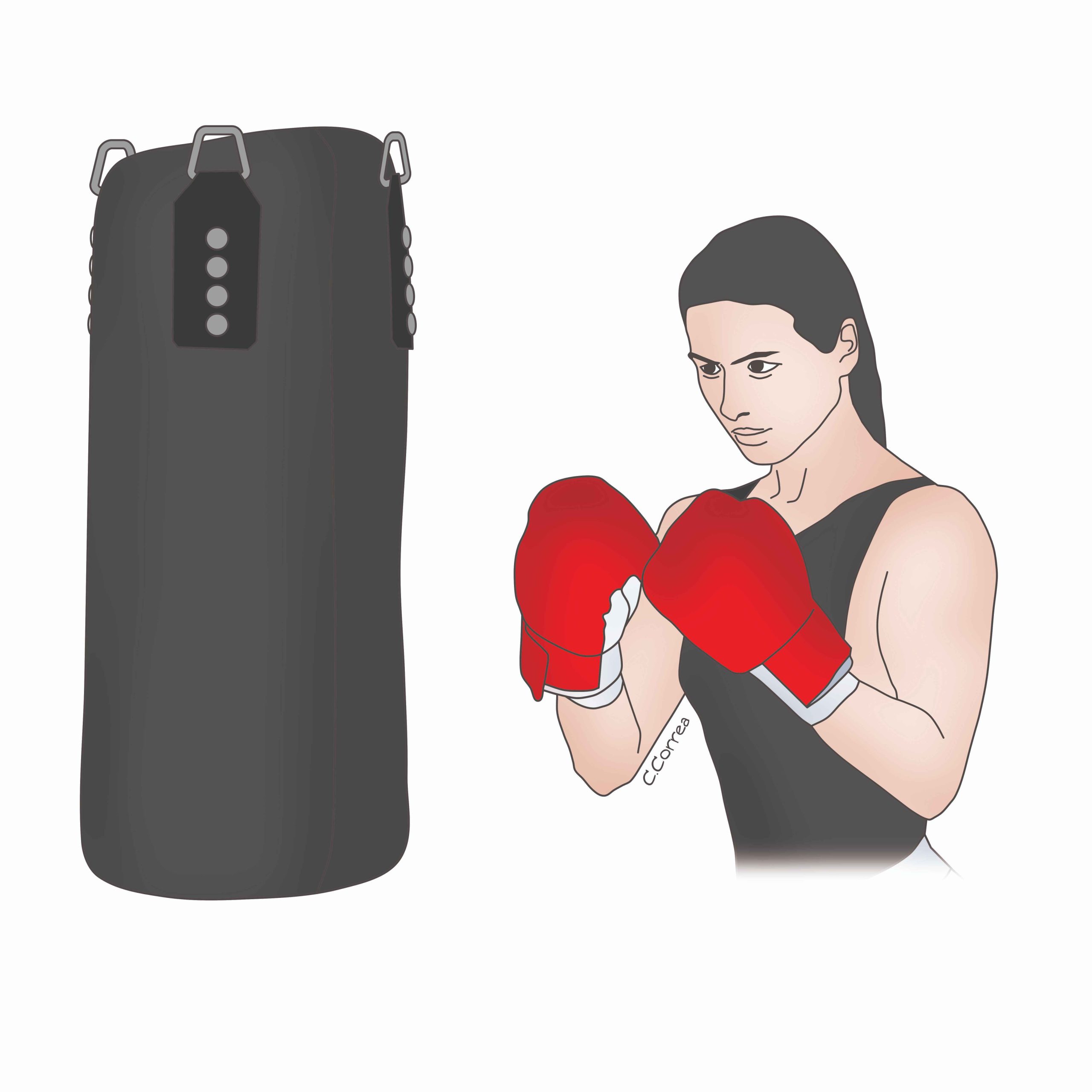What is an infiltration?
Recent posts
Do you have any doubt?
My goal is to help them regain not only function, but also the quality of life they deserve. If you are experiencing pain, movement limitations or injuries to your hands, I am here to offer you my experience in the field. Together, we can chart a path to recovery and restoration of vitality to your hands.
Categories
An infiltration is the application of medications that help improve the inflammatory process of the tendons, as well as changes in joint wear or osteoarthritis in some joints, or to clarify the diagnosis of carpal tunnel.
Why undergo an infiltration?
It is a non-surgical solution to pathologies such as trigger finger, de quervain tendonitis, carpal tunnel syndrome, finger osteoarthritis or thumb osteoarthritis or rhizarthrosis.
After an infiltration, how long does it take for symptoms to improve?
It is normal that, a few days after the infiltration, pain may be felt, generally during the first five days. Then, the inflammation begins to decrease and the symptoms improve.
How many infiltrations should be performed?
If the area to be infiltrated is a tendon, it should not be infiltrated more than twice (in any time range), since the risk would be rupture of the tendon.
If in the first infiltration, the improvement exceeds 3 months, a good response can be expected to a second infiltration, but if the improvement is less, a second infiltration is not recommended.
What should we know about infiltrations in the joints?
Infiltrations are also a non-surgical option to improve symptoms in the joints, however, it is usually somewhat controversial, since the steroids used in the infiltrations can damage the cartilage, for which it is suggested in those cases. in which there is already joint damage or the patient has a contraindication to surgery.
Recommendations before an infiltration.
A companion is not required for this procedure, but it is recommended to attend with comfortable clothing, which allows you to leave your hands free for the procedure. Likewise, rings, watches and other accessories that are on the hand or wrist must be removed.
Recommendations after an infiltration.
Avoid holding hot or sharp objects, because the use of local anesthetic alters the sensation in the hand and could cause damage to the hand or fingers.
After the infiltration, the sensation of relief may be immediate, so you should avoid using your hand more than normal, since once the effect of the anesthetic wears off, the pain may increase.
After infiltration you can work, except if the work involves activities that use hot or sharp elements.











